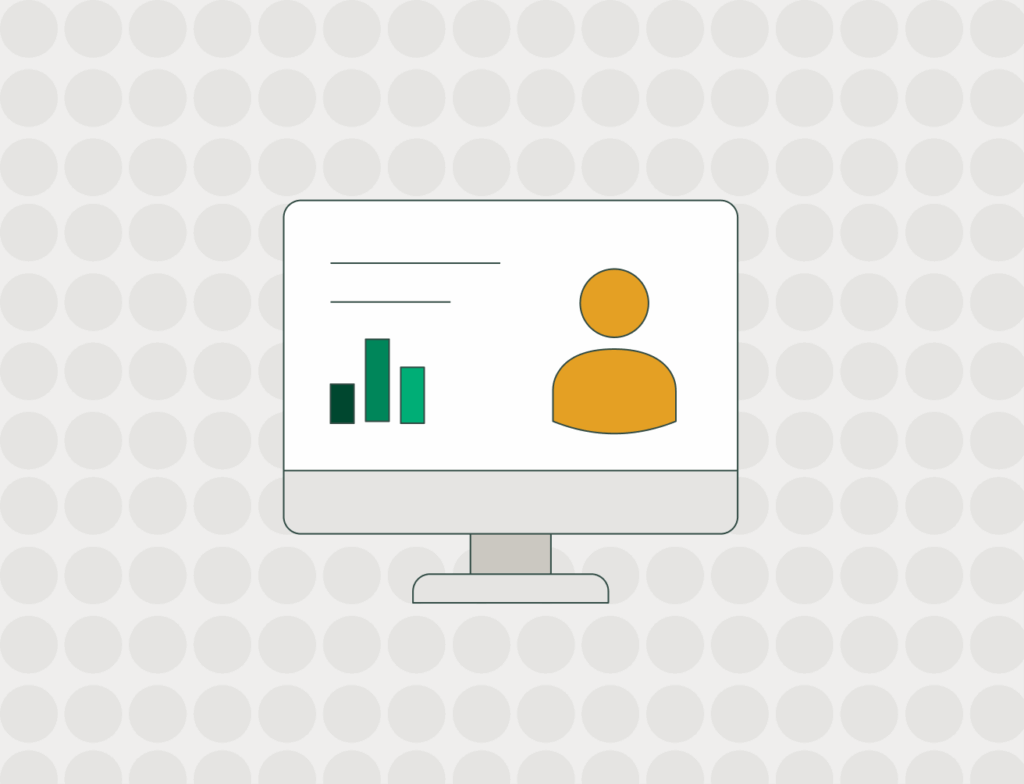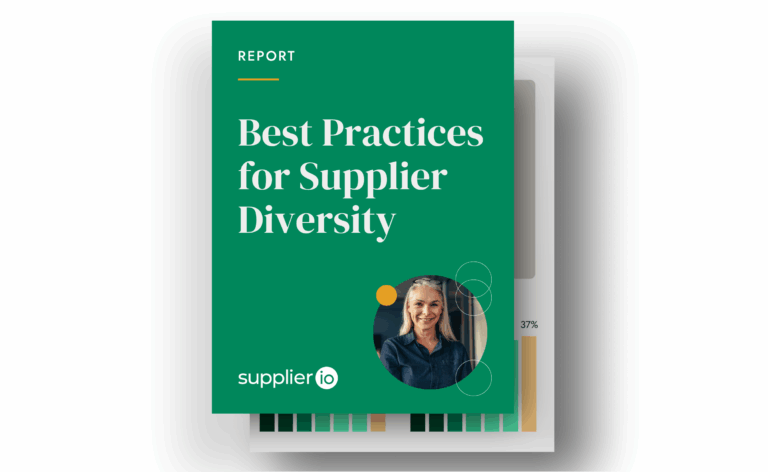Key Insights From The State Of Supplier Diversity Webinar With The Hackett group
The Hackett Group joined Supplier.io CEO to talk about supplier diversity trends, and how they relate to the latest priorities for Procurement teams.

The 2022 State of Supplier Diversity Report was recently released and provided eye-opening insights into how supplier diversity has changed in 2022.
Chris Sawchuk, Principal, Global Practice Leader of The Hackett Group, sat down with supplieriostg.wpenginepowered.com CEO Aylin Basom to go over the State of Supplier Diversity Report’s key findings, discuss what this report means for supplier diversity and procurement as we go into 2023, and how the supplier diversity can align with organizational goals.
The Role of Procurement is becoming ever more dynamic and vital
According to Chris, procurement is now “in the spotlight” in ways it never has been before.
Starting in 2020, when the COVID pandemic caused major supply chain disruptions that carry on today, the role of procurement has become ever more vital for companies, and as inflation and a possible recession continues into 2023, Chris sees procurement becoming increasingly more important.
Now that procurement has a bigger seat at the table, how can they leverage it to become strategic advisors? Chris urges procurement leaders to switch their mindset away from traditional ways of creating value, like savings. Instead, he suggests looking towards creating a competitive advantage, and keeping up with the cadence of the business.
“One of the biggest complaints I hear from leaders…is it takes too long. So, we have to be very much focused on ensuring that what we’re doing is keeping up with that cadence.”
Executive engagement is up, but training and metrics are down
One of the key findings of the 2022 State of Supplier Diversity Report is that executive engagement is at an all-time high, with 61 percent of CEOs and 49 percent of CPOs engaged with their organization’s supplier diversity initiatives. Many companies see diversity as a core component of their corporate culture, and not just a compliance requirement.
However, this positive development comes with a worrying side effect: as more companies see supplier diversity as “just how we do business”, the accountability metrics that came with more compliance-driven implementation have fallen by the wayside, and programs are left with few ways to set and achieve goals.
“What gets measured gets done,” says Aylin. This sentiment is particularly important as we head into a likely recession in 2023. While many supplier diversity programs are cemented in their organization, having hard metrics and clear accountability can help programs maintain and even increase their resources during tough economic times.
What’s Next for Supplier Diversity and Procurement?
Supplier diversity and procurement have both undergone massive shifts in the past few years, and this trend shows no signs of slowing down as we head into the new year. What can supplier diversity and procurement programs do to keep up with their ever-changing roles and help each other to succeed?
Both Aylin and Chris agree that getting the proper processes and systems in place will be vital this coming year. This includes having proper training across the organization and, most vitally, having automated data collection.
Half of respondents to the 2022 State of Supplier Diversity survey stated that their organization manually collects data as needed, with 26 percent of companies still maintaining an Excel spreadsheet for their data. These collection methods can be riddled with outdated or even inaccurate data, especially as improving technology means data can change at an ever-increasing rate.
As Chris says, “We have to deliver, and we cannot allow the processes to get in the way.”
Aylin also emphasizes the importance of cross-functionality for both supplier diversity and procurement. Both programs have sometimes operated as islands but learning to speak the language of the business will help maximize the impact of both on behalf of the company.
Conclusion
There’s never been a more exciting time to work within supplier diversity and procurement, and the best efforts of these teams can affect the wider operations of their companies.
To hear more from Chris and Aylin, watch the full webinar on our website.
The 2022 State of Supplier Diversity Report is also available for download now.




